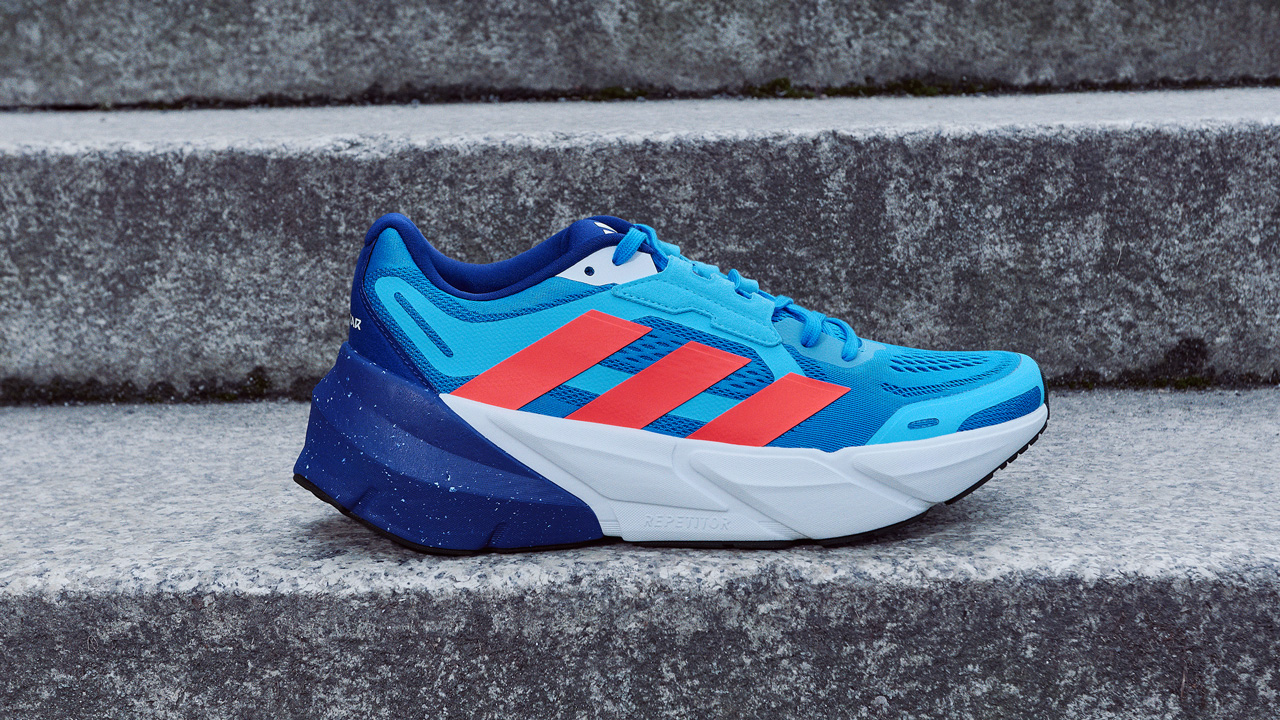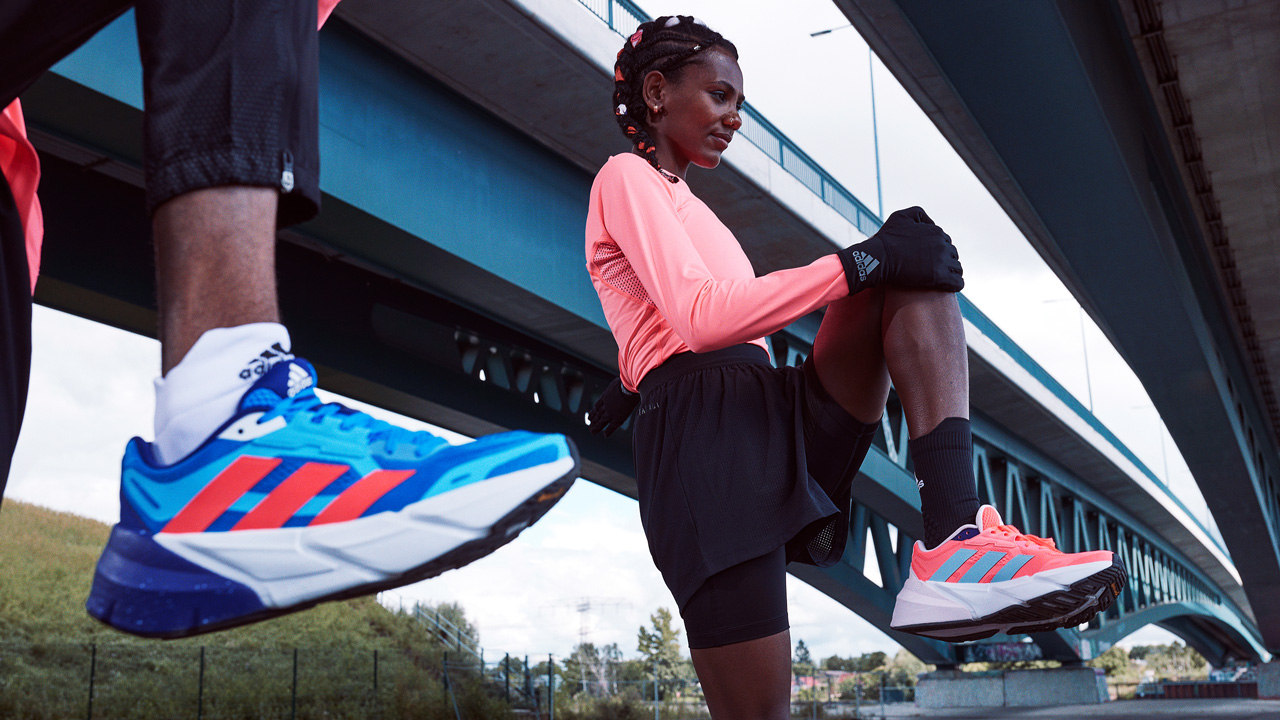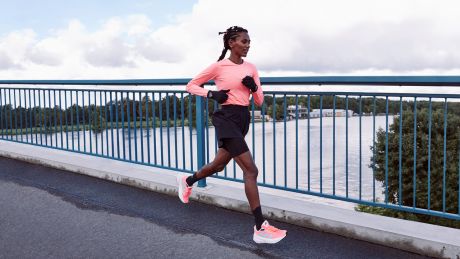For
- Smooth and efficient ride
- Comfortable for long and easy runs
- Built to last
Against
- Heavy and huge
- Not great for speedy running
You can trust Coach
There are shoes that look like they’re going to be amazing from the moment you see them – shoes that you absolutely cannot wait to pull on and run in. The Adidas Adistar, it’s fair to say, is not one of those shoes.
When I took it out of the box it looked impossibly big and weighed in at a hefty 336g in my UK 9. The foam used at the heel also seemed firm and unforgiving to the touch. All in all I didn’t expect a great deal from the Adistar, and worried it would be a bit of a clunker, in the same way as the Ultraboost 21.
I’m not sure a shoe has ever felt more different on the run from what I expected. The Adistar is almost impossibly smooth given its size, and it runs far lighter than its weight. I’ve run 75km in this pair now, including a couple of long runs, and I’ve enjoyed every step I’ve taken in the shoe at an easy pace.
Adidas bills the shoe as ideal for long, slow runs, and that is certainly where the Adistar excels. It clearly offers a lot of protection with all that cushioning, but the pronounced rocker geometry means you don’t notice the high stack at all because you move through your footstrike so easily.
The cushioning is made up of two foams: under the mid and forefoot you have Repetitor, and then under the heel there’s a section of Repetitor+. The latter is a firmer material put in place at the heel to provide more stability when heelstriking.

There are other elements of the Adistar that focus on stability too, like the slanted heel that counters overpronation, the “bucket seat” design that means your foot sits in the cushioning at the back rather than on the top, and reinforced sections on the upper to help limit lateral movement. These features are always welcome in a high-stack shoe like this, and it might make the Adistar a better max-cushioned option than softer shoes like the Nike Invincible or Asics Novablast 2 for runners who need more stability.
In general the shoe has a firmer ride than many max-cushioned options, though the way the rocker provides a smooth transition from heel to toe meant the Adistar never felt harsh underfoot for me, even when running farther than 20km. The comfortable feel is aided by the plush cushioning around the collar and on the tongue, though the amount of padding here might make the Adistar feel a little warm on summer runs.
The size and weight of the Adistar do become a problem when you run at speed in the shoe. I took it to the track for a session running 20 400m reps and used it for the first five of them to see how it felt at 75sec-a-lap pace. Unsurprisingly the results were not great. The Adistar really is built for one kind of running only, and while you can go through the gears to some extent on longer runs and progress to steady paces, it really is designed solely for easy sessions.
That lack of versatility does count against it given how many great all-rounder options are available. There are many shoes with enough cushioning to feel comfortable on easy runs that still have enough pop for faster running as well, including the Puma Velocity Nitro, Nike Invincible, Adidas Boston 10 and Asics Novablast 2.
- The Best Adidas Running Shoes For Every Type Of Runner
- The Best Stability Running Shoes For Overpronation
- The Best Running Shoes
- Eight Types Of Training Runs Explained

The Adistar is a max-cushioned shoe designed to provide a comfortable and stable ride for easy runs, and it does that job well. It also seems likely to be a durable option and costs less than many rival shoes at £120 – though that is still not exactly cheap. If you have a shoe rotation with space for an easy option that isn’t excessively soft and springy, but rather smooth and stable, it will fill that spot.
If you’re looking for a more versatile or bouncy option in general, however, the Adistar does fall short of other shoes, and even though it runs lighter than its weight, some runners will inevitably be put off by the high numbers on the scales here.

Nick Harris-Fry is a journalist who has been covering health and fitness since 2015. Nick is an avid runner, covering 70-110km a week, which gives him ample opportunity to test a wide range of running shoes and running gear. He is also the chief tester for fitness trackers and running watches, treadmills and exercise bikes, and workout headphones.

